Products
-
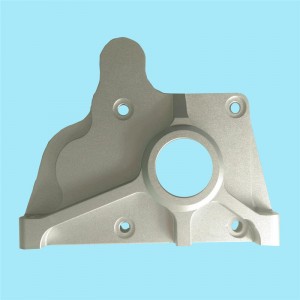
Custom Highly Precision CNC Machined Parts
Stainless Steel and CNC Machining
Stainless steel is an incredibly versatile metal and is often used for CNC (Computer Numerical Control) Machining and CNC turning in the aerospace, automotive and marine industries. Stainless steel is known for its corrosion resistance, and with various alloys and grades of stainless steel available, there are a wide variety of applications and use cases. This article will explain the different types of stainless steel’s mechanical properties and help you determine the best grade for your project.
-
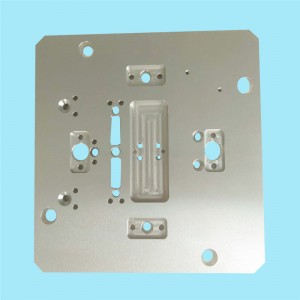
Electroless Nickel Plating CNC Machining Parts
What are the different CNC machining processes?
CNC machining is a manufacturing process suitable for various industries, including automotive, aerospace, and construction. It can develop a wide range of products, such as car chassis, surgical equipment, and aircraft engines. The process encompasses several methods, including mechanical, chemical, electrical, and thermal, to remove the necessary material from the part to shape a custom part or product. The following are examples of the most common CNC machining operations:
-

Our CNC Milling for Various Industrial Applications
Different Types of Machining Operations
Two primary machining processes are turning and milling – descried below. Other processes sometimes are similar with these processes or are performed with independent equipment. A drill bit, for instance, may be installed on a lathe used for turning or chucked in a drill press. At one time, a distinction could be made between turning, where the part rotates, and milling, where the tool rotates. This has blurred somewhat with the advent of machining centers and turning centers that are capable of performing all the operations of the individual machines in a single machine.
-

High Precision Plastic CNC Machining Parts
Which material to choose for CNC machining?
The CNC machining process is suitable for various engineering materials, including metal, plastics, and composites. The optimal material choice for CNC manufacturing depends mainly on its properties and specifications.
-
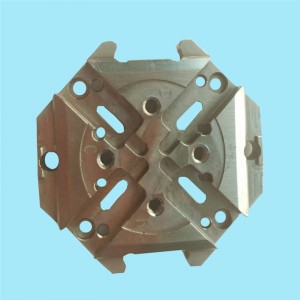
Complete Surface Finishes for CNC Milling
What Is Precision CNC Machining?
For design engineers, R&D teams, and manufacturers that depend on part sourcing, precision CNC machining allows for the creation of complex parts without additional processing. In fact, precision CNC machining often makes it possible for finished parts to be made on a single machine.
The machining process removes material and uses a wide range of cutting tools to create the final, and often highly complex, design of a part. The level of precision is enhanced through the use of computer numerical control (CNC), which is used to automate the control of the machining tools.
-
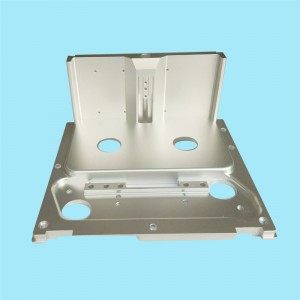
Standard Tolerances For CNC Machining of Metals
Most Common Types of Precision CNC Machining
Precision CNC Machining is a practice where machines function by trimming or cutting excess raw materials and shape work pieces according to its planned design. The objects produced are precise and achieve the specified measurement programmed to the CNC machines. The most common processes are milling, turning, cutting, and electrical discharge. These machines are applied to industries, such as: Industrial, Firearms, Aerospace, Hydraulics, and Oil and Gas. They work well with a variety of materials, from plastics, wood, composites, metal, and glass to bronze, steel, graphite, and aluminum, to produce parts and other work pieces.
-
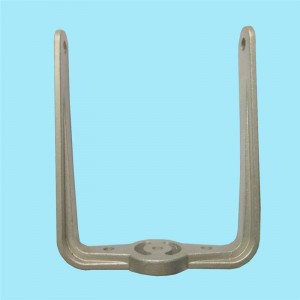
Aluminum Alloys Die Casting Design Guide
What is Aluminum Die Casting?
Aluminum die casting is a metal-forming process that allows for the creation of complex aluminum parts. Ingots of aluminum alloy are heated to very high temperatures until they are entirely molten.
The liquid aluminum is injected under high pressure into the cavity of a steel die, also known as a mold — you can see an example of a mold for automotive parts above. The die is made up of two halves, and after the molten aluminum has solidified, they are separated to reveal the cast aluminum part.
The resulting aluminum product is precisely formed with a smooth surface and often requires minimal or no machining processes. Given that steel dies are used, the process can be repeated many times using the same mold before it deteriorates, making aluminum die casting ideal for the high-volume production of aluminum parts.
-
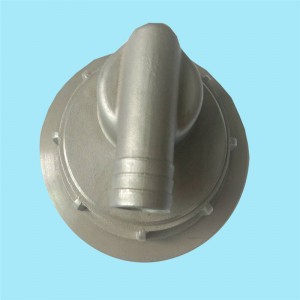
Aluminum Die Casting Tolerance Standards
What Is Die Casting vs. Injection Molding?
The process of making a part is basically the same whether you are using die casting or injection molding. You create a die or mold in the form of the part you want to create. You then liquify the material and use extreme pressure to inject it into the die/mold. You then cool the die/mold with internal cooling lines and die spray on the die cavities. Finally, you open the die and remove the shot.
Although there are some variations in technique, the major difference between die casting and injection molding is that die casting uses some kind of metal, often an aluminum alloy, as the raw material, while injection molding uses plastic or polymers.
-
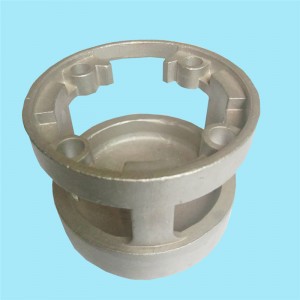
Vacuum Aluminum Die Casting Achieve High Injection Rate
What Is Die Casting?
Die casting refers to a process of manufacturing that makes use of high pressure to input a liquid metal into a steel die that is reusable.
The process of rapidly cooling the metal tends to solidify it to form a final shape.
Which Materials Do You Use for Die Casting Parts?
Some of the materials which you use for diecasting parts include:
-
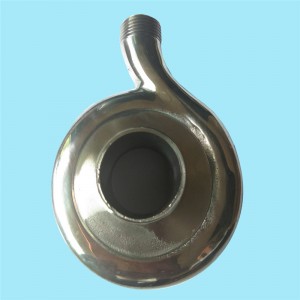
Aluminum Die Casting Services For Electric
What Are The Benefits Of Die Casting Parts?
some of the benefits of die casting parts include:
1. Perfect for rapid and mass production: the die casting parts can be fabricated to form shapes that are complex but accurate.
Due to the casting molds, it is possible to repeat the procedure a lot of times to form die casting identical parts.
2. Durable, stable, and accurate: die casting parts tend to be very strong and thus possible to sustain injections of high pressure.
They are also resistant to heat and stable dimensionally as they maintain close tolerances.
Die casting parts tend to possess a greater degree of permanence as compared to counterparts.
-
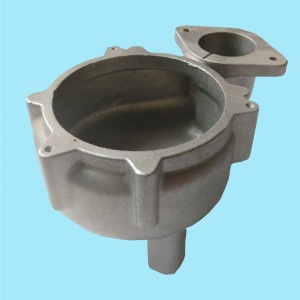
The Semi-solid Die Casting Process
What Are Die Cast Heat Sinks?
Aluminum die cast Heatsinks are used to cool various electronic components and devices. We can provide companies, suppliers, and individuals with die cast heat sinks in a variety of applications, including:
-
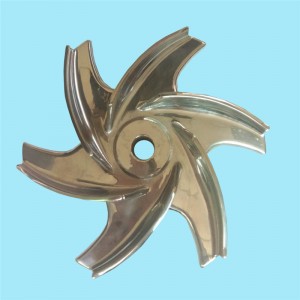
The Low-pressure Die Casting Process
How Do You Control Quality During Die Casting Parts Process?
The quality of die casting parts is very important for both the manufacturer and their customers. Therefore, it is very important to ensure strict quality control during the die casting parts process.
Some of the critical points to control quality during the diecasting parts process include:





